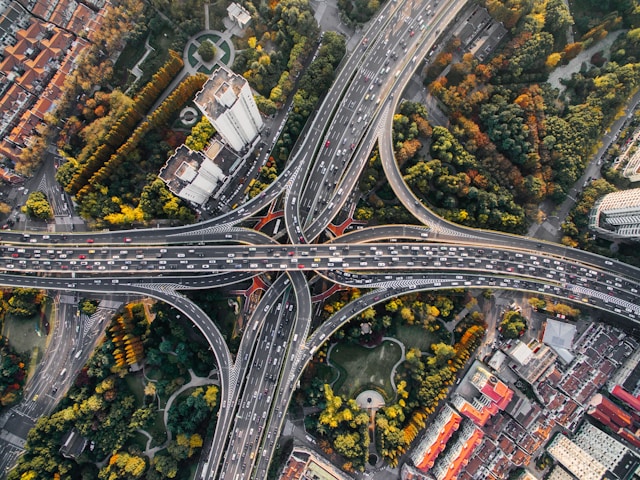Preventive Measures to Avoid Collision Damage in Urban Driving
 Navigating urban landscapes in a vehicle comes with its unique set of challenges, from congested roads to unpredictable pedestrian behavior. While urban driving is an unavoidable aspect of city life for many, it significantly increases the risk of collision damage. This article outlines essential preventive measures drivers can adopt to minimize the likelihood of accidents and ensure a safer driving experience in urban settings.
Navigating urban landscapes in a vehicle comes with its unique set of challenges, from congested roads to unpredictable pedestrian behavior. While urban driving is an unavoidable aspect of city life for many, it significantly increases the risk of collision damage. This article outlines essential preventive measures drivers can adopt to minimize the likelihood of accidents and ensure a safer driving experience in urban settings.
Stay Alert and Focused
Eliminate Distractions
Distractions are a leading cause of accidents in urban environments. Ensuring full attention to the road means putting away mobile devices, avoiding eating, and keeping the radio at a reasonable volume. This focus is crucial for reacting swiftly to sudden stops, pedestrians, and cyclists.
Regularly Check Mirrors
Frequent mirror checks allow drivers to be aware of their surroundings, including other vehicles, cyclists, and pedestrians who might suddenly enter their path. Being conscious of blind spots and using mirrors effectively can prevent many potential collisions.
Practice Defensive Driving
Maintain Safe Distances
Keeping a safe distance from the vehicle ahead provides more time to react if they make a sudden stop. This distance should increase in adverse weather conditions or heavy traffic when stopping times can be significantly longer.
Anticipate Others’ Actions
Urban driving requires anticipating the actions of others, including pedestrians, cyclists, and other drivers. Expecting the unexpected and being prepared to stop or maneuver safely can avert many accidents.
Adhere to Speed Limits
Respect Urban Speed Limits
Speed limits in urban areas are set to ensure the safety of all road users, including drivers, pedestrians, and cyclists. Adhering to these limits not only reduces the risk of collisions but also decreases the potential severity of any accidents that do occur.
Adjust Speed to Conditions
Beyond adhering to posted limits, adjusting speed to match road conditions, traffic, and visibility can further enhance safety. Slowing down in areas with high pedestrian traffic, such as school zones or shopping districts, is especially important.
Use Technology Wisely
Leverage Driver Assistance Systems
Many modern vehicles are equipped with advanced driver assistance systems (ADAS), such as automatic emergency braking, lane-keeping assistance, and rear-view cameras. Familiarizing oneself with these features and using them to complement safe driving practices can significantly reduce the risk of collisions.
Stay Informed About Traffic Conditions
Using navigation apps to stay informed about traffic conditions and road closures allows drivers to avoid congested areas and reduce the likelihood of getting into bumper-to-bumper traffic, where many collisions occur.
Regular Vehicle Maintenance
Ensure Proper Vehicle Functioning
Regular maintenance checks ensure that a vehicle’s brakes, tires, lights, and other critical systems are functioning correctly. A well-maintained vehicle is more responsive and reliable, particularly in situations requiring sudden stops or maneuvers.
Conclusion
Urban driving poses numerous risks, but by adopting preventive measures, drivers can significantly reduce the likelihood of collision damage. Staying alert, practicing defensive driving, adhering to speed limits, leveraging technology, and ensuring regular vehicle maintenance are all effective strategies for navigating city streets safely. By prioritizing these practices, drivers can protect themselves, their passengers, and other road users, contributing to a safer urban driving environment.
